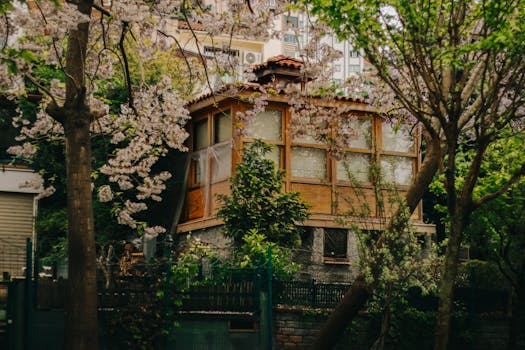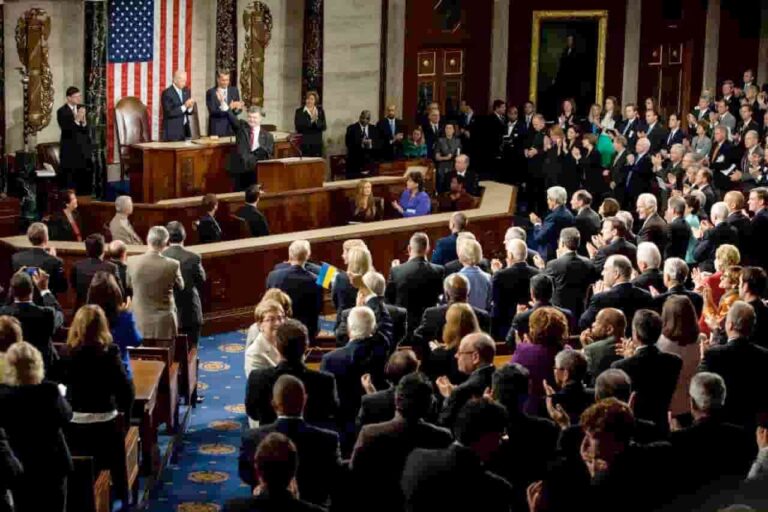
Urban Green Spaces: The Future of Outdoor Living in European Cities by 2025
Urban Green Spaces are becoming increasingly important in European cities, as they provide a range of benefits for both residents and the environment. As we approach 2025, it is clear that these spaces will play a crucial role in shaping the future of outdoor living in urban areas.
Introduction to Urban Green Spaces
Urban Green Spaces refer to areas of greenery within cities, such as parks, gardens, and green roofs. These spaces provide a range of ecosystem services, including air and water filtration, climate regulation, and habitat creation for wildlife. They also offer numerous benefits for human health and wellbeing, including reduced stress levels, improved mental health, and increased opportunities for physical activity.
The Importance of Urban Green Spaces in European Cities
European cities are facing a range of challenges, including urbanization, climate change, and environmental degradation. Urban Green Spaces can help to mitigate these challenges by providing a range of benefits, including reduced urban heat island effects, improved air and water quality, and increased biodiversity. They also offer opportunities for community engagement, social cohesion, and economic development.
Examples of Successful Urban Green Spaces in European Cities
There are many examples of successful Urban Green Spaces in European cities, including the High Line in London, the Park de la Ciutadella in Barcelona, and the Prater Park in Vienna. These spaces have been designed to provide a range of benefits, including recreational opportunities, habitat creation, and climate regulation. They also demonstrate the importance of community engagement and participation in the design and management of Urban Green Spaces.
Challenges and Opportunities for Urban Green Spaces in European Cities
Despite the many benefits of Urban Green Spaces, there are also challenges and opportunities that need to be addressed. These include ensuring equitable access to green spaces, managing the impacts of climate change, and balancing the needs of different stakeholders. By addressing these challenges and opportunities, European cities can ensure that Urban Green Spaces continue to thrive and provide benefits for both residents and the environment.
Conclusion
In conclusion, Urban Green Spaces are a vital component of European cities, providing a range of benefits for both residents and the environment. As we approach 2025, it is clear that these spaces will play a crucial role in shaping the future of outdoor living in urban areas. By prioritizing the development and management of Urban Green Spaces, European cities can create healthier, more sustainable, and more livable environments for all.






